Tag: Drewry’s Bluff VA
Wikipedia says: Drewry’s Bluff is located in northeastern Chesterfield County, Virginia in the United States (next to Allen’s house). It was the site of Confederate Fort Darling during the American Civil War. It was named for a local landowner, Confederate Captain Augustus H. Drewry, who owned the property.
At Richmond, Virginia, location of the fall line at the head of navigation, the generally west-to-east course of the James River turns almost due south for a distance of about 7 miles (11 km) before turning eastward again towards the Chesapeake Bay. At this sharp bend, Drewry’s Bluff on the west side of the James River rose 90 feet (27 m) above the water, commanding a view of several miles’ distance downstream and making it a logical site for defensive fortifications.
During the American Civil War
On March 17, 1862, the men of Captain Drewry’s Southside Artillery arrived at the bluff and began fortifying the area. They constructed earthworks, erected barracks, dug artillery emplacements, and mounted three large seacoast guns (one 10-inch Columbiad and two 8-inch Columbiads) in the fort. They were joined in early May by the crew of the Confederate ironclad CSS Virginia which had been scuttled at Craney Island on Hampton Roads to avoid capture as Norfolk fell to Union forces.
Commander Ebeneezer Farrand supervised the defenses of the fort. He ordered numerous ships to be sunk as obstructions in the river beneath the bluff. Six more large guns occupied pits just upriver from the fort. Men worked around the clock to ensure a full state of readiness when the Union fleet arrived.
The Battle of Drewry’s Bluff took place on May 15, 1862. After considerable bombardment, the Union Naval vessels retreated, and Richmond was safe from attack by water.
Drewry’s Bluff saw no battle action for two years. Captain Sydney Smith Lee (General Robert E. Lee’s brother) took command of the site and supervised its expansion and strengthening into a permanent fort. While some workers constructed an outer line of entrenchments to protect the land approach to Richmond, others built improvements for the fort, including a chapel, barracks, and quarters for the officers. During this time, Drewry’s Bluff became an important training ground for the Confederate States Naval Academy and the Confederate Marine Corps Camp of Instruction.
On May 5, 1864, Union Major General Benjamin F. Butler and his Army of the James landed at Bermuda Hundred, a neck of land north of City Point at the confluence of the James and Appomattox Rivers, only 15 miles (24 km) south of Richmond. Marching overland, they advanced within three miles (4.8 km) of Drewry’s Bluff by May 9. While several Union regiments did manage to capture Fort Darling’s outer defenses, delays by Union generals spoiled the success. Confederate infantry under General P. G. T. Beauregard seized the initiative and successfully counterattacked on May 16. Once again a Union drive on Richmond had been defeated at Drewry’s Bluff.
The area remained an integral part of Richmond’s defense until the fall of Petersburg and Richmond. The garrison at Drewry’s Bluff took part in the evacuation of Richmond and Petersburg on April 2–3, 1865. Once Fort Darling had been abandoned by the retreating Confederates, the Union forces quickly cleared a path through the obstructions in the James River beneath Drewry’s Bluff. On April 4, 1865, President Abraham Lincoln and his son Tad passed the fort on the way up the James River to visit Richmond.
Soldiers, sailors, and marines from Fort Darling joined the movement westward with Lee’s Army of Northern Virginia, ultimately surrendering at Appomattox Court House. Many of the sailors served as infantry during the fighting along the way.
Showing 1–16 of 50 results
-
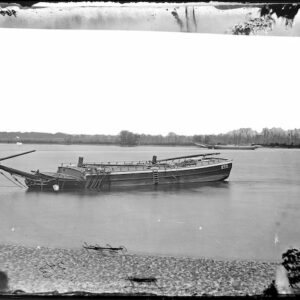
Image ID: ABGI
$4.99 – $6.99 -
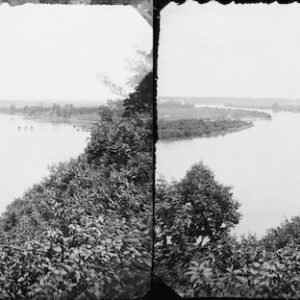
Image ID: ABLN
$5.99 -
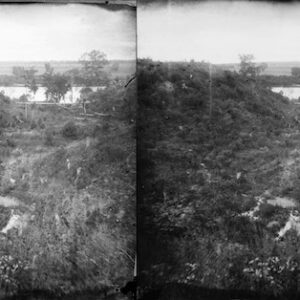
Image ID: ABLT
$5.99 -
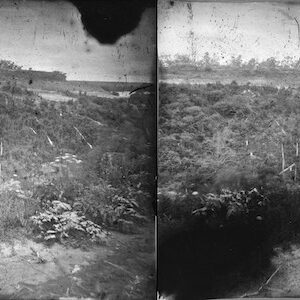
Image ID: ABMD
$5.99 -
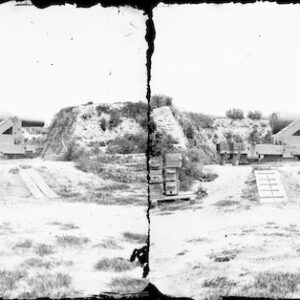
Image ID: ABMI
$5.99 -
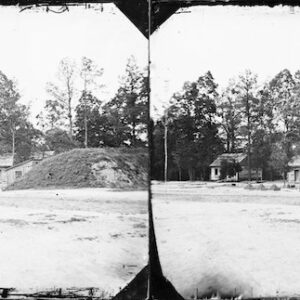
Image ID: ABMJ
$5.99 -
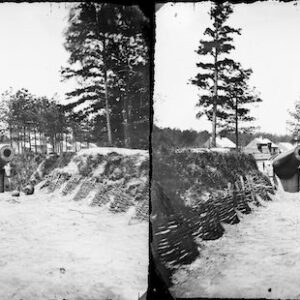
Image ID: ABMP
$5.99 -
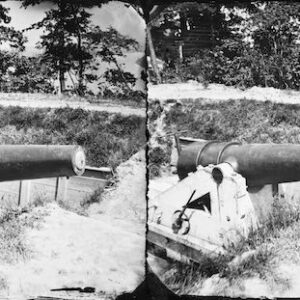
Image ID: ABMQ
$5.99 -
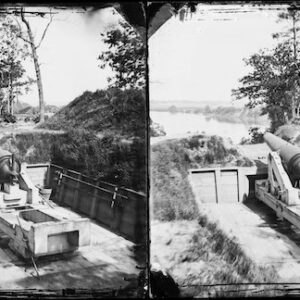
Image ID: ABMR
$6.99 -
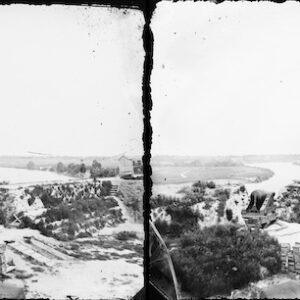
Image ID: ABNK
$5.99 -
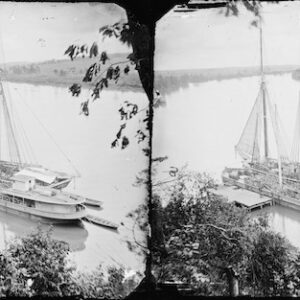
Image ID: ABQI
$6.99 -
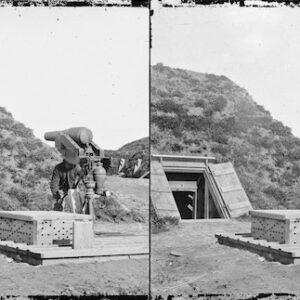
Image ID: ABQK
$6.99 -
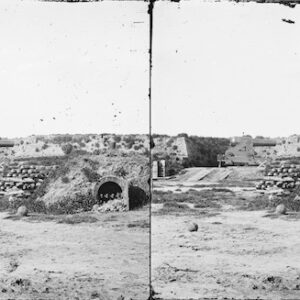
Image ID: ABRJ
$6.99 -
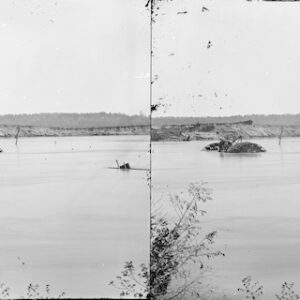
Image ID: ABRS
$6.99 -
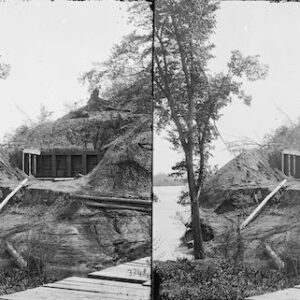
Image ID: ABRZ
$6.99 -
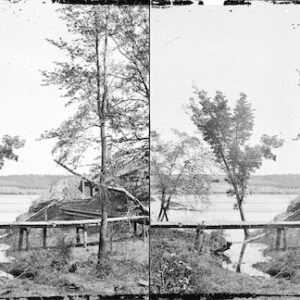
Image ID: ABSC
$6.99